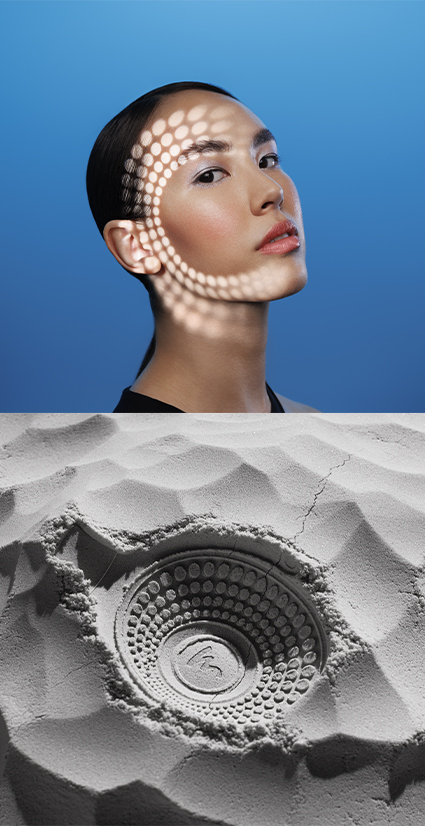Welcome to Focal Support
Whether you need answers to your questions, documentation, advice or assistance of any kind, you've come to the right place. Immerse yourself in our world and let us accompany you every step of the way through your Focal experience.
after-sales service
If you have a problem with one of our products, we invite you to contact our customer service department using our contact form.
After-sales service
By submitting this form you agree that Focal/Naim may collect the personal information provided above in order to process your request.
tips
If you would like advice on our products before making a purchase, or if you have any questions on how to use them, please do not hesitate to contact us via our contact form.
Need advice ?
By submitting this form you agree that Focal/Naim may collect the personal information provided above in order to process your request.
You can also contact our customer service department by phone :
USA: 1.800.663.9352 #2
CANADA: 1 866.271.5689 #2
Monday to Friday 9am - 5pm ET.
CAR AUDIO DIVISION: + 1 888.340.4403 / [email protected]
UNITED KINGDOM : +441722443405
Monday to Thursday 10am - 4.30pm / Friday 10am - 3pm
Any question ?
FREQUENTLY ASKED QUESTIONS
- Product tips
Classic subwoofer vs extra-flat active subwoofer for my vehicle
- Product tips
Open-back headphones vs closed headphones : what are the differences ?
- Product tips
Passive headphones vs active headphones, what are the differences ?
- Product tips
Choosing an amplifier for my HI-FI system
- Product tips
How do I set the gain on my amplifier ?
- Product tips
How do I choose the right speakers for a home cinema system ?
- Product tips
How do I install built-in speakers ?
- Product tips
How do I install my floorstanding speakers ?
- Product tips
How do I install my hi-fi speakers for stereo use ?
- Product tips
How do I install my home cinema speakers ?
- Product tips
How to install your bookshelf speakers ?
- Product tips
How do I take care of my speakers ?
product documentation
useful links

JOIN THE COMMUNITY
Get a sneak preview of the latest audio innovations and new products from Focal and Naim by subscribing to our exclusive newsletters. Be among the first to benefit from privileged information delivered straight to your inbox.
Newsletter
New products and limited editions
Invitations to exclusive events
Benefit from special offers


